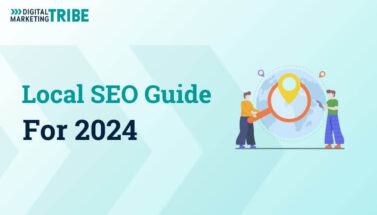
This is closely connected to the bigger role that voice search is going to play in 2023. According to TechCrunch, 55% of all households will own a smart speaker device by the end of 2022.
Both the popularity of smart speakers and the rapidly evolving quality of voice recognition will lead to more and more searches conducted via voice.
The traditional SEO techniques optimise for written rather than verbal search – but most voice choices are based on conversational queries. SEO techniques that allow you to make the most of voice searches include:
Visual search is also steadily gaining popularity. While image search is still relatively new, this is definitely a trend to watch out for. Images can now be used to perform a search instead of keywords – for example, Google Images can be searched for products. You can also use a picture you’ve taken to find out more about an object pictured.
To ensure that your website is well-optimised for image search, all of your images and videos on should be of excellent quality. You should also pay attention to your captions and descriptions. They should be as relevant and precise as possible, as Google will rely on your descriptions when indexing and ranking your website.


We’ve already highlighted the importance of using natural queries for optimising for voice searches. Similarly, all the images on your website must be accompanied by clear, unambiguous descriptions.
The same applies to your videos – for example, your clip and seek markups that take users straight to the relevant portion of your video should be described clearly and concisely to help Google indexing.

Content that is helpful, informative and clearly written improves your chances of making it to a featured snippet – and so does targeting long-tail keywords.
Rich snippets are similar to featured snippets but include more information from your website. You can improve your chances of being featured in a rich snippet by including a code called Schema Markup.
This code can be added to your website to help search engines better understand the different types of content your website has, which can also help your organic traffic and click-through rates.

While long-form content has been trending for a while, your main goal should always be to match the length of your content with user intent.
In other words, if your visitors are likely to look for a long, detailed guide or review, you should aim to provide it, and your organic rankings will reward it.
But, if a visitor’s query can be answered shortly and concisely and they simply naturally move on afterwards, Google’s algorithms are now also sophisticated enough to interpret the outcome correctly.
With AI becoming more able to discern between emotion and intent in user queries, being intentional when choosing semantically related keywords is becoming more important than ever.


Looking for an SEO agency? We can help! Digital Marketing Tribe specialises in SEO for brands who are looking to take...
Read article
The Ultimate Guide to Local SEO by Digital Marketing Tribe provides comprehensive strategies and insights for optimis...
Read article
A well-planned Sydney SEO strategy is indispensable for businesses aiming to establish and grow their online presence...
Read article